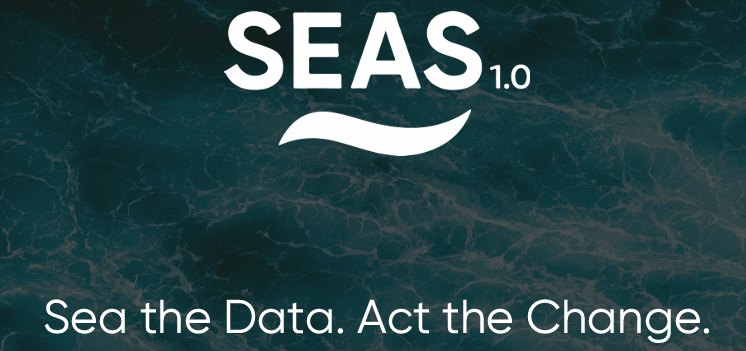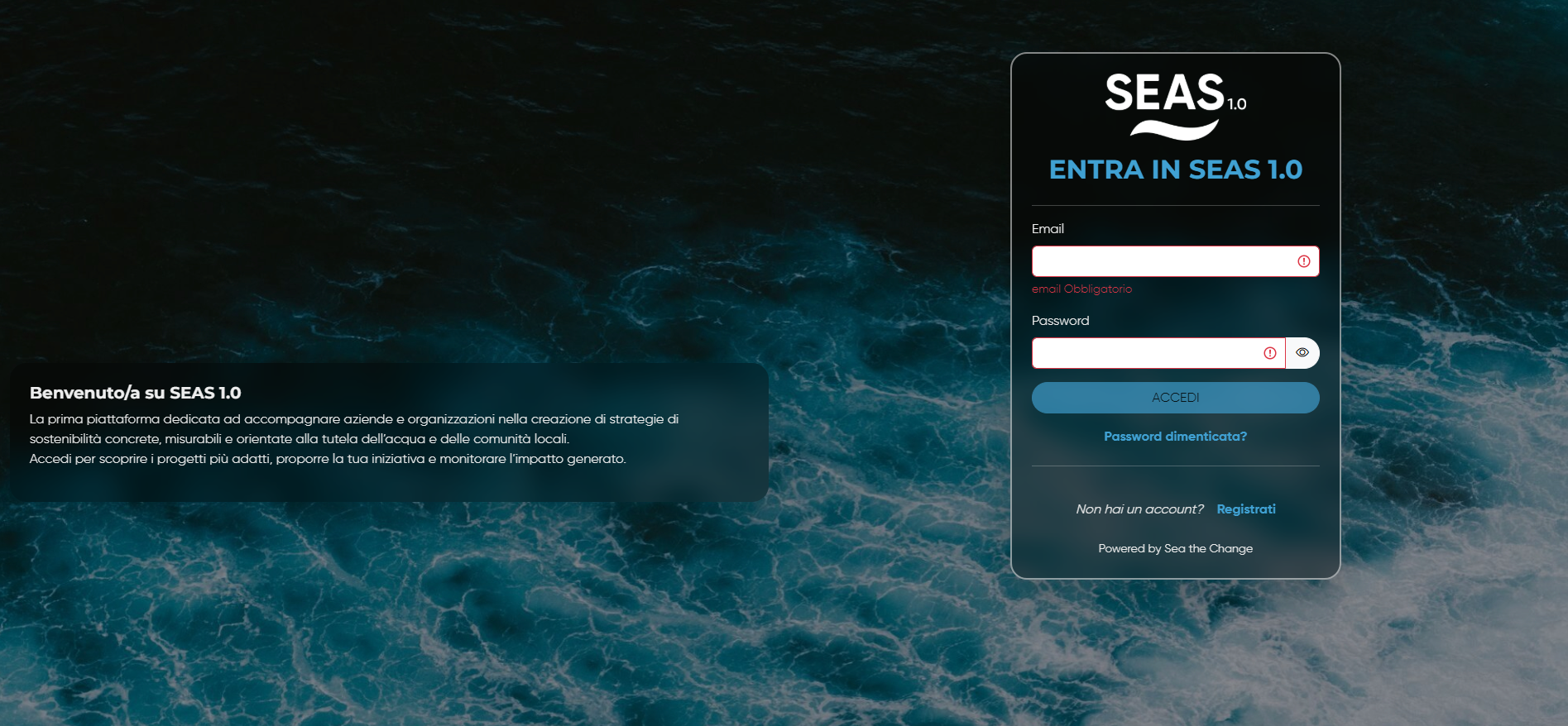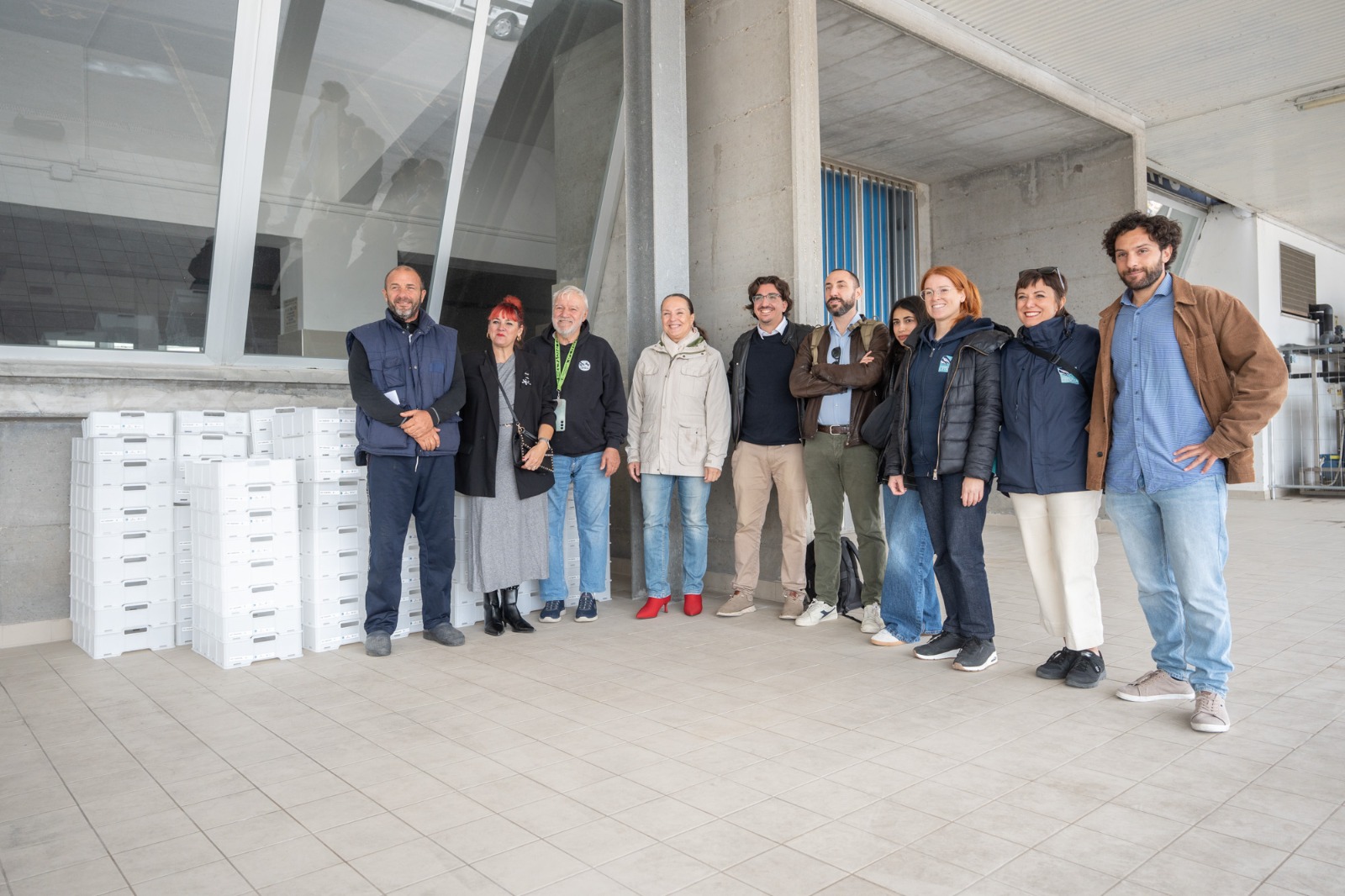News

The Ocean Climate Finance Gap
To conserve and restore the oceans, approximately USD 175 billion per year are needed. Yet, only about USD 25 billion is currently being invested. This leaves a staggering gap of around USD 150 billion, as highlighted in the report “A Drop in the Ocean: Closing the Gap in Ocean Climate Finance” (November 2021).
For a Nature-Positive Economy that Protects Resources and Creates Added Value
Investments in nature restoration generate between €4 and €38 for every euro spent. In Italy, failing to address environmental degradation would cost €2.2 billion per year. For businesses, a “nature-positive” strategy can improve access to credit, open new markets, and create business opportunities.
Silent, invisible, and highly mobile: this is how the processes regulating the main components of Natural Capital behave. These characteristics prevent markets from having adequate tools to measure the use of goods and services provided by ecosystems and the pressure they undergo, so much so that over time, the rate of use has overtaken that of regeneration. Continuing at current rates, by 2050, 90% of ecosystems would be significantly altered, and one million species risk extinction by the end of the century. This nature crisis has not only ethical and social implications but also major economic impacts: leaving the current trajectory of degradation unchanged would result in a loss of around €57 billion annually at the EU level and €2.2 billion for Italy, with a cumulative value by 2050 of €1.7 trillion for the EU and around €60 billion for Italy. In contrast, investing in nature restoration in Italy would cost €261 million and generate a return of €2.4 billion.
The importance of protecting and restoring ecosystems to support the stability of economic processes—especially in light of climate change—is highlighted in the report “Towards a Nature-Positive Economy”, presented at the conference Restoration Economy: Businesses as Key Players in Territorial Redevelopment, organized by the Nature Positive Network. This network, promoted by the River Po Basin Authority and the Sustainable Development Foundation, brings together companies committed to initiatives for the protection and enhancement of natural capital.
“The transition towards a nature-positive goal,” said Edo Ronchi, President of the Sustainable Development Foundation, “is very demanding and requires a significant change in approach and strong investments. But it is economically feasible, with benefits exceeding costs. Failing to rapidly move towards a production model in balance with the regenerative capacities of Natural Capital risks irreversibly compromising economic security and social well-being. Regenerating nature is essential to counter the climate and ecological crisis that threatens the stability of our economy.”
Nature Risk in Italy
Erosion and degradation of natural areas do not spare Italy: 58 ecosystems (out of 85) are currently in an unfavorable state of conservation. Almost half of the entire surface occupied by natural ecosystems in Italy (46.3%) is at risk. The worst situation is found in the Po Valley Ecoregion. Italy hosts 132 habitats of community interest, corresponding to about 56.7% of all those present in the EU. Yet, only 9.9% are in a “favorable” state of conservation. Land consumption is relentless: built-up land now covers 7.16% of the national territory, with the highest intensity in the Po Valley, particularly along the Via Emilia and the Milan–Venice corridor. Water quality also shows critical issues: only 47% of surface water bodies have reached a “good” or “high” ecological status.
Healthy ecosystems, however, play a crucial role in climate change adaptation, thanks to their ability to effectively perform numerous functions: carbon sequestration, flood regulation, water infiltration and storage, soil stabilization and retention, and mitigation of heat islands.
“The protection and management of water,” stressed Andrea Colombo, Acting Secretary General of the River Po Basin Authority, “is a priority that must be addressed responsibly, in solidarity and collaboratively, by both public entities and stakeholders in the basin. With this project, the Authority hopes to develop a new public-private governance model capable of integrating environmental, economic, and social dimensions in water management, with the active contribution of all interested parties. This collaboration between institutions, businesses, and civil society can resolve critical issues while creating new paradigms and opportunities for sustainable development, strengthening territorial cohesion and the competitiveness of the entire river basin district.”
Why Businesses Must Take Nature into Account
Traditional business models have been based on the assumption that natural resources are free and inexhaustible. This approach, however, is changing: companies and industries are reflecting on the negative economic implications of ecosystem degradation and the loss of certain ecosystem services, as well as on the positive economic return of investing in nature. Around half of global GDP depends on nature, and its degradation represents a risk for businesses, while investments in restoration generate €4 to €38 of added value for every euro spent.
Adopting a “nature-positive” strategy can also improve access to credit for companies (nearly 75% of bank loans to businesses in the euro area are granted to companies highly dependent on at least one ecosystem service). It can open new markets and business opportunities, foster innovation, strengthen ties with local territories, contribute positively to climate goals, and also make economic sense, since prevention costs less than repair.
“Restoring nature,” concluded Giuseppe Dodaro, Coordinator of the Nature Positive Network, “comes at a high cost, and financing will be central. The EU budget for 2021–2027 allocates €115 billion for biodiversity, in addition to dedicated funds. To achieve this paradigm shift, it will be necessary to complement these resources with national, regional, and private funding, involving both the productive sector and local communities.
A widespread effort of protection, management, and restoration of ecosystems is essential to effectively counter the climate crisis. For businesses, investing in nature means ensuring resilience and competitiveness in the near future. It is crucial to foster proactive collaborations between public and private actors. Moving from isolated projects to interventions identified through rigorous scientific criteria—within the framework of the National Plan and its local-scale strategies—ensures measurable and more significant ecological results.”
Companies in the Network
3Bee, a2a, Acque Bresciane, Alce Nero, AlmavivA, Blue Eco Line, Carbonsink, Chiesi, Davines Group, Ecomondo – Italian Exhibition Group, Edison, Etifor, Gruppo FS, Fondazione Caetani, Fondazione Capellino – Almo Nature, Fondazione Cariplo, greenApes, Green Future Project, Gruppo CAP, Habitech, Gruppo Iren, Kilometroverdeparma, Lombard Odier, Lush, Mutti, Nativa, Novamont, Palm, Quantis, Ramboll, Romagna Acque, Gruppo Saviola, Sea The Change, Simbiosi – Innovation Center Giulio Natta.











